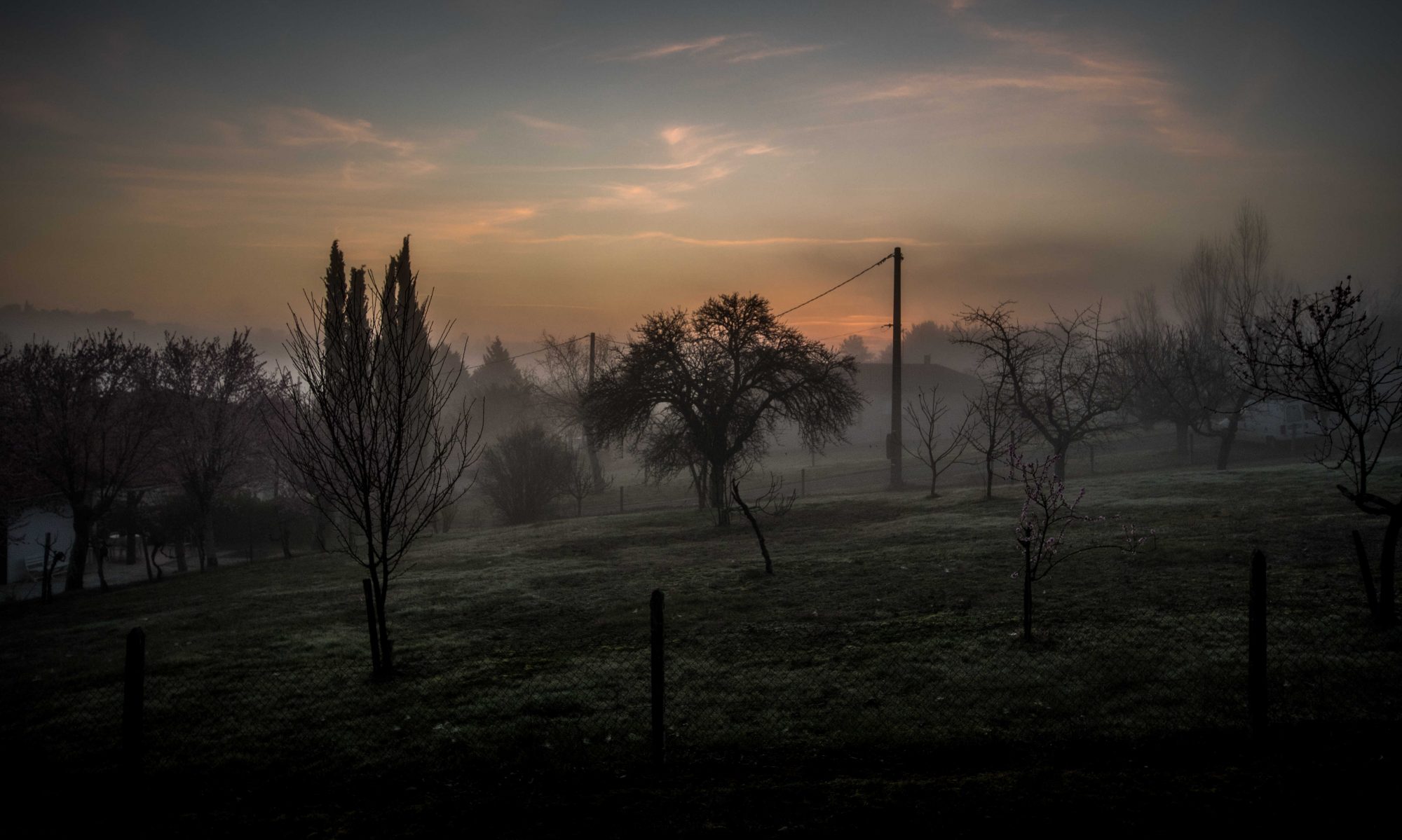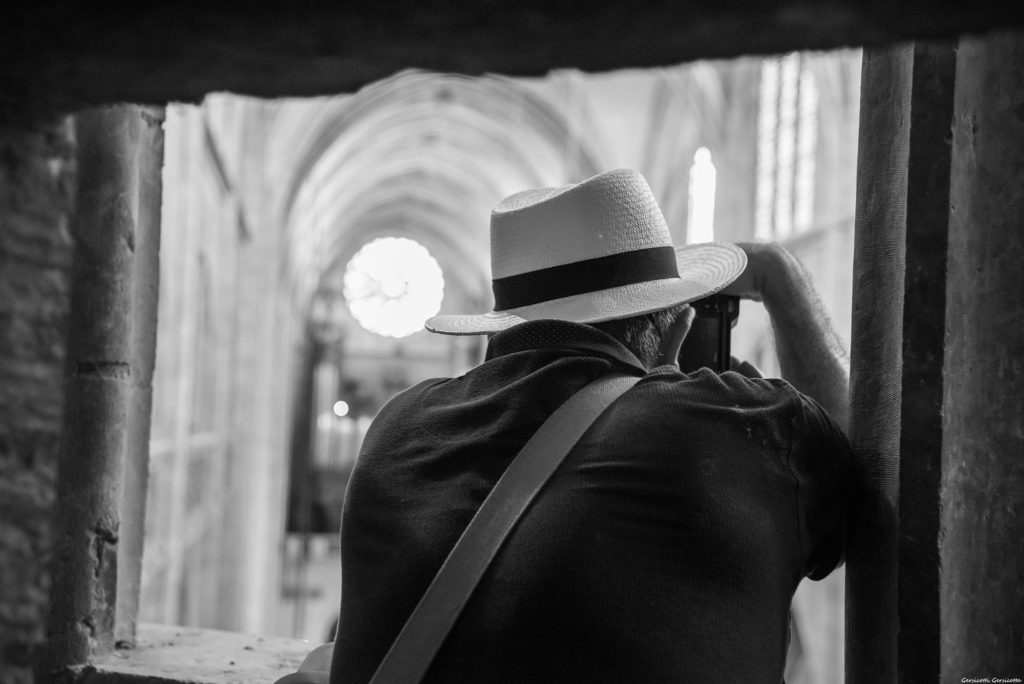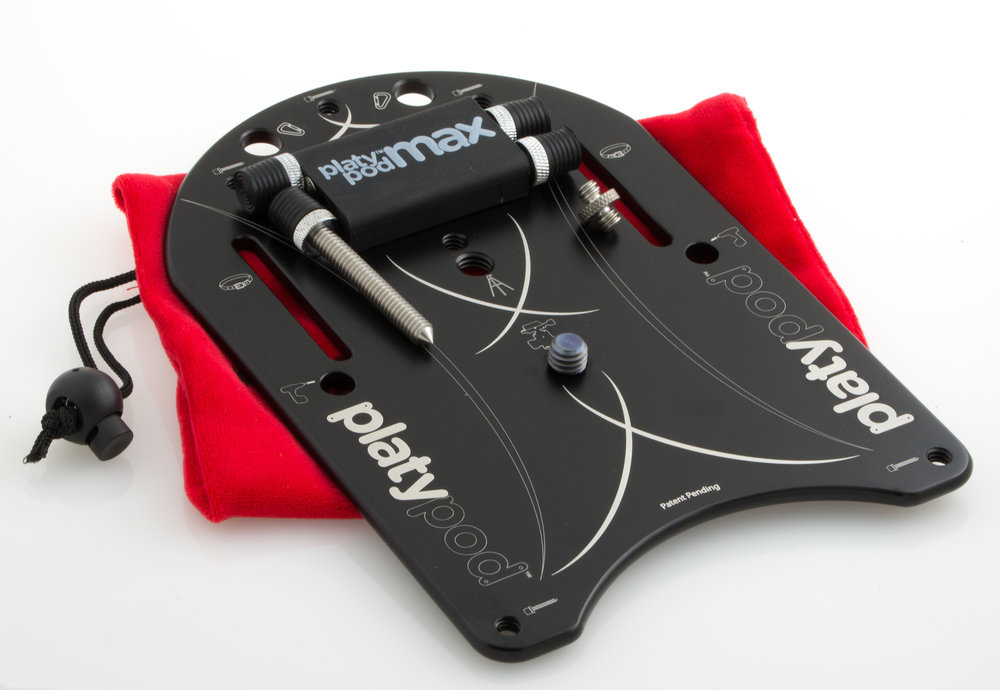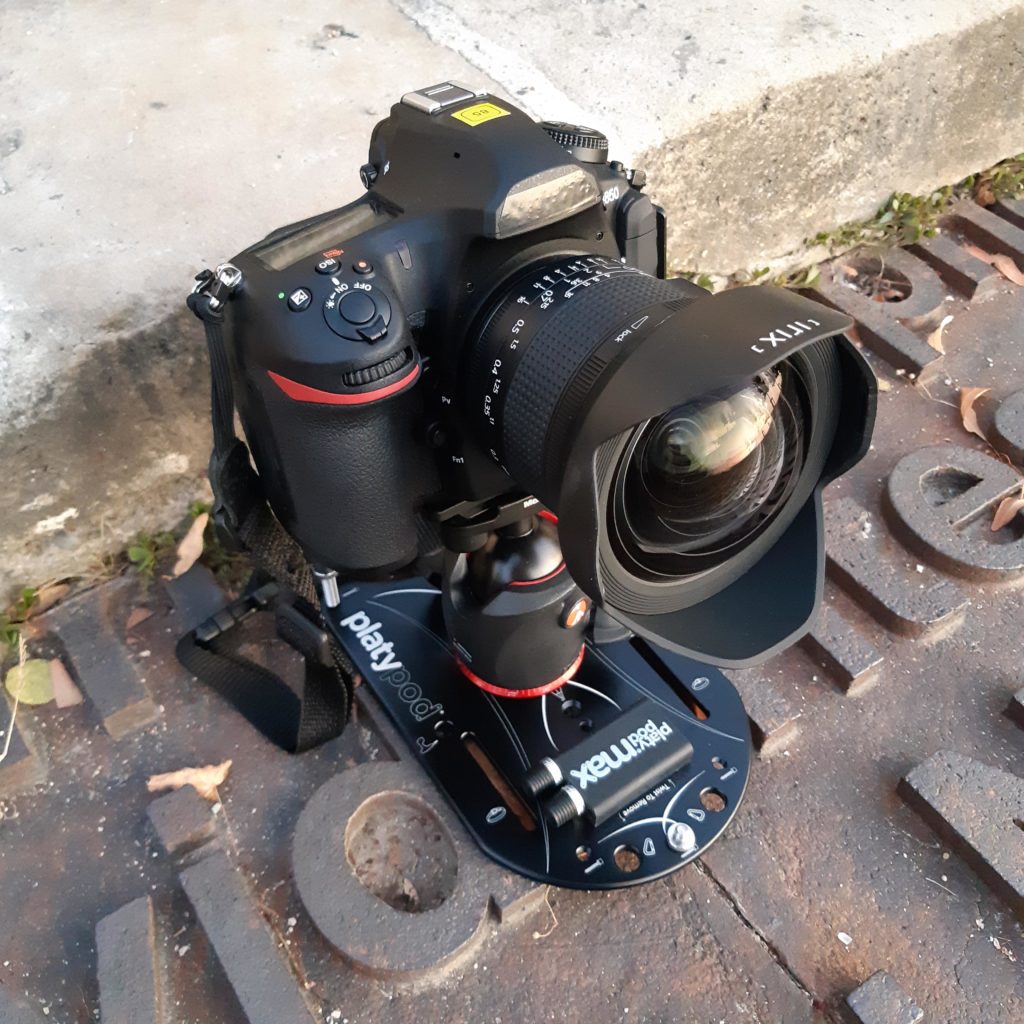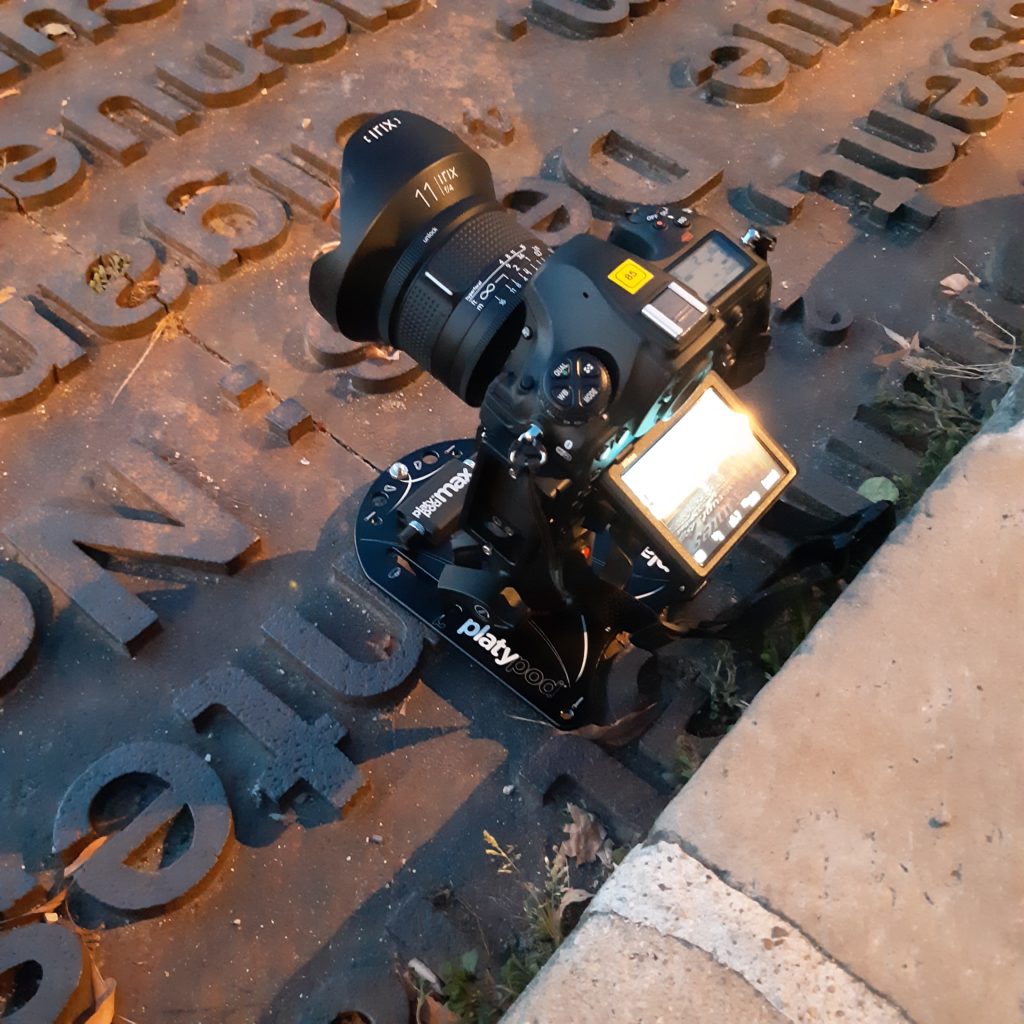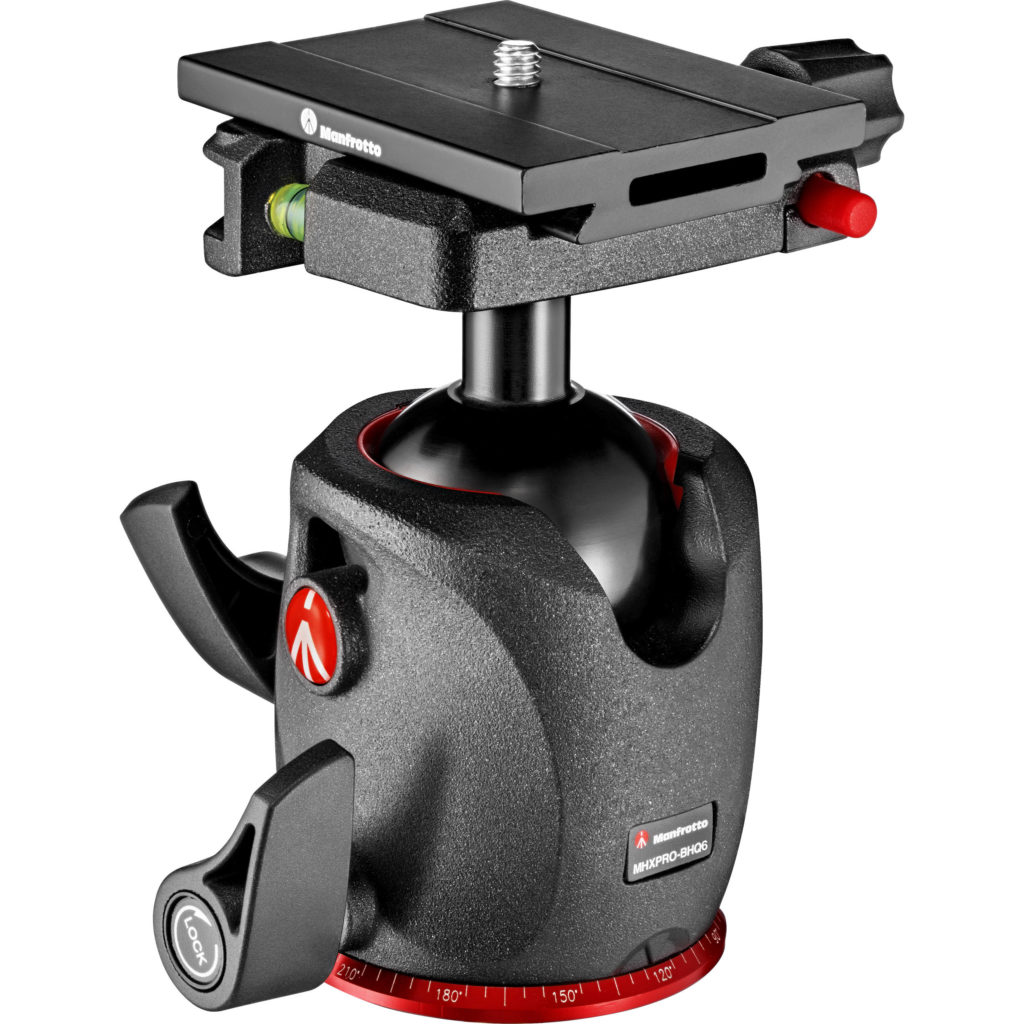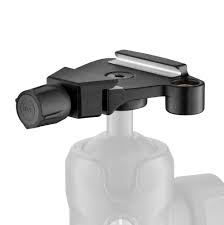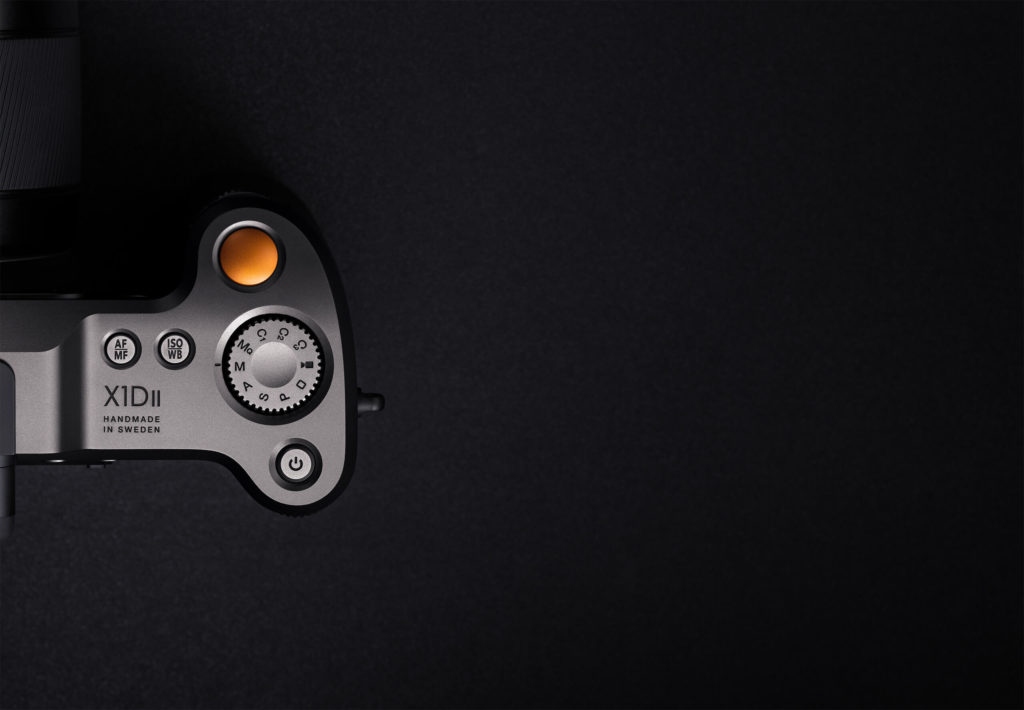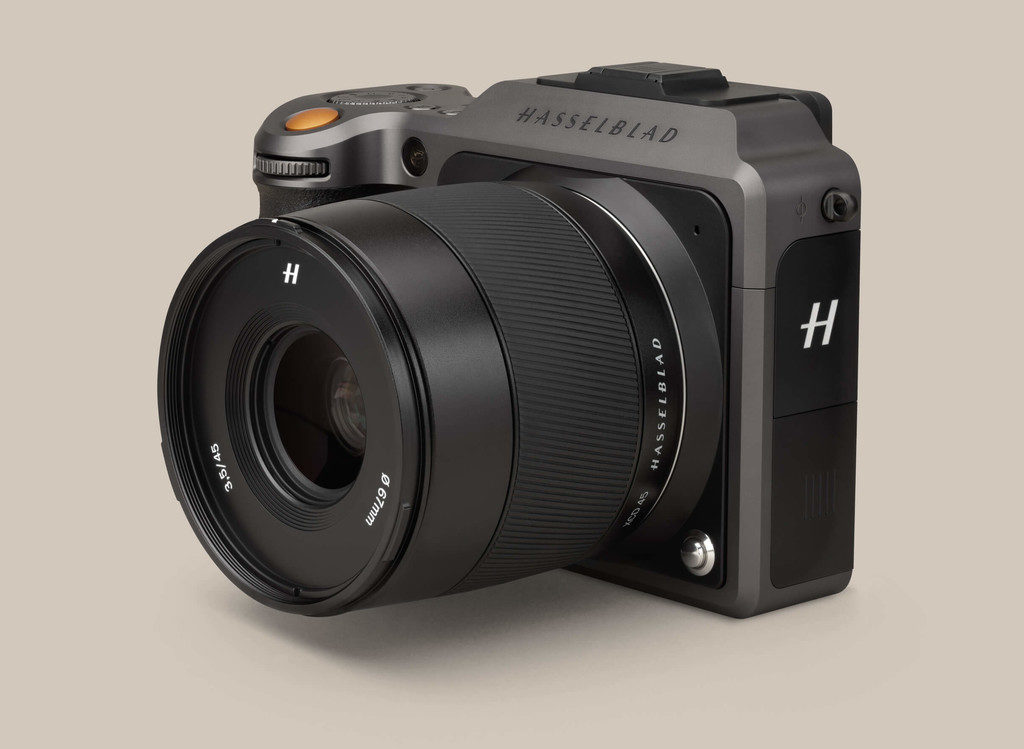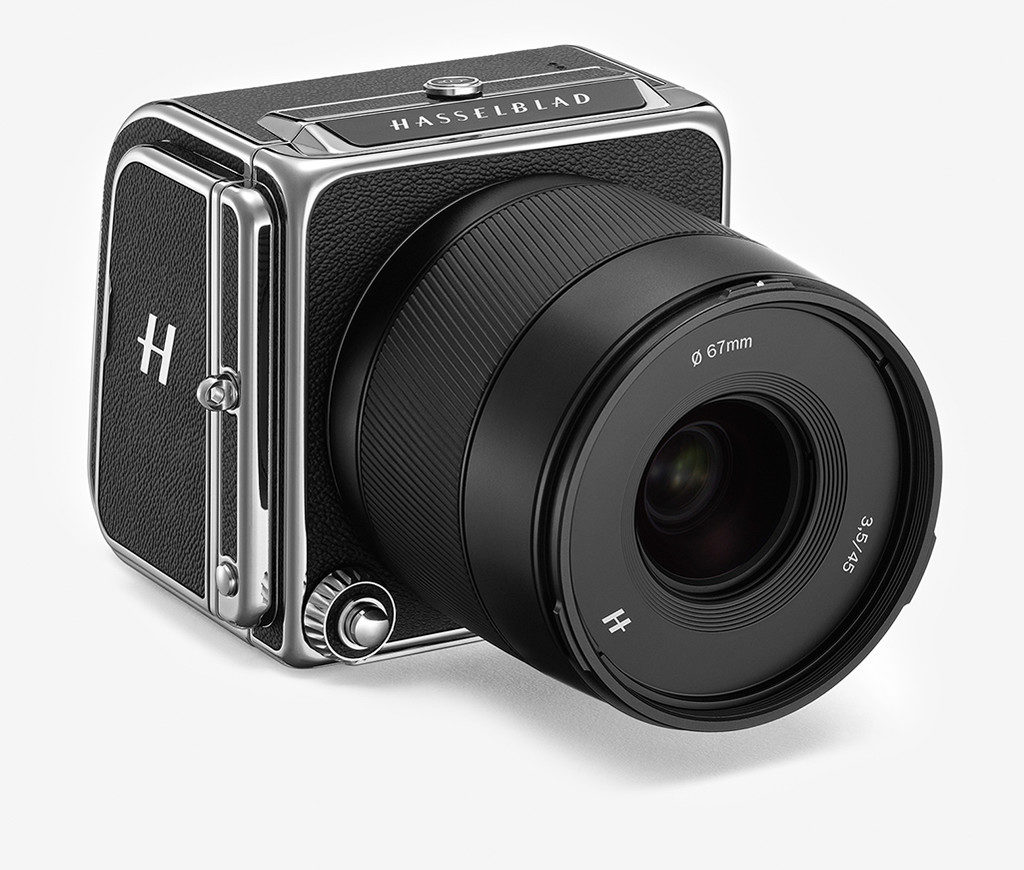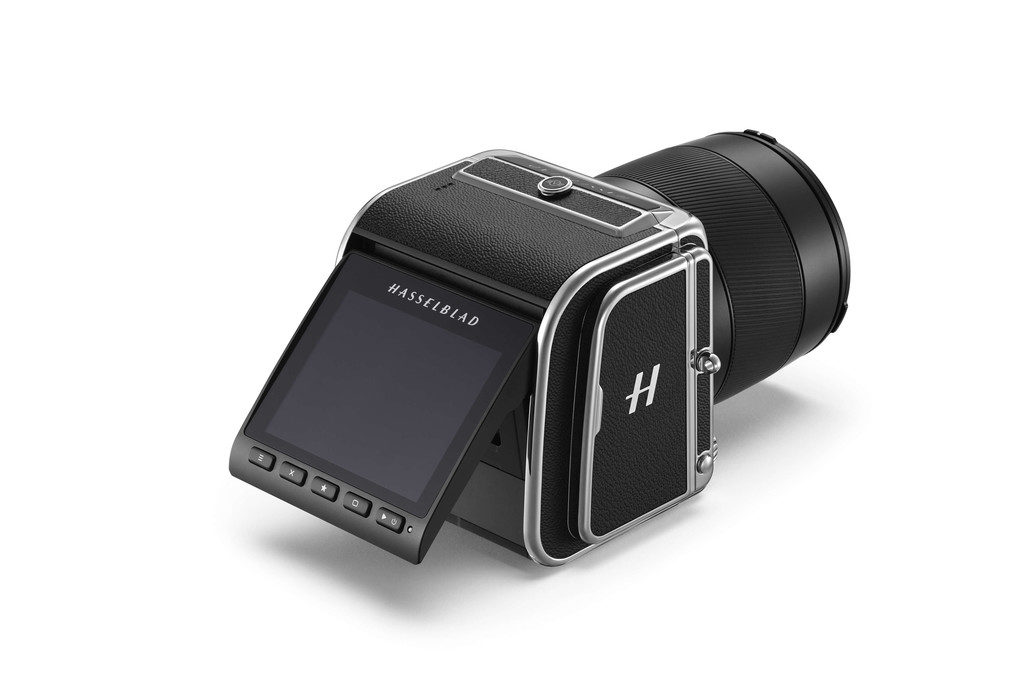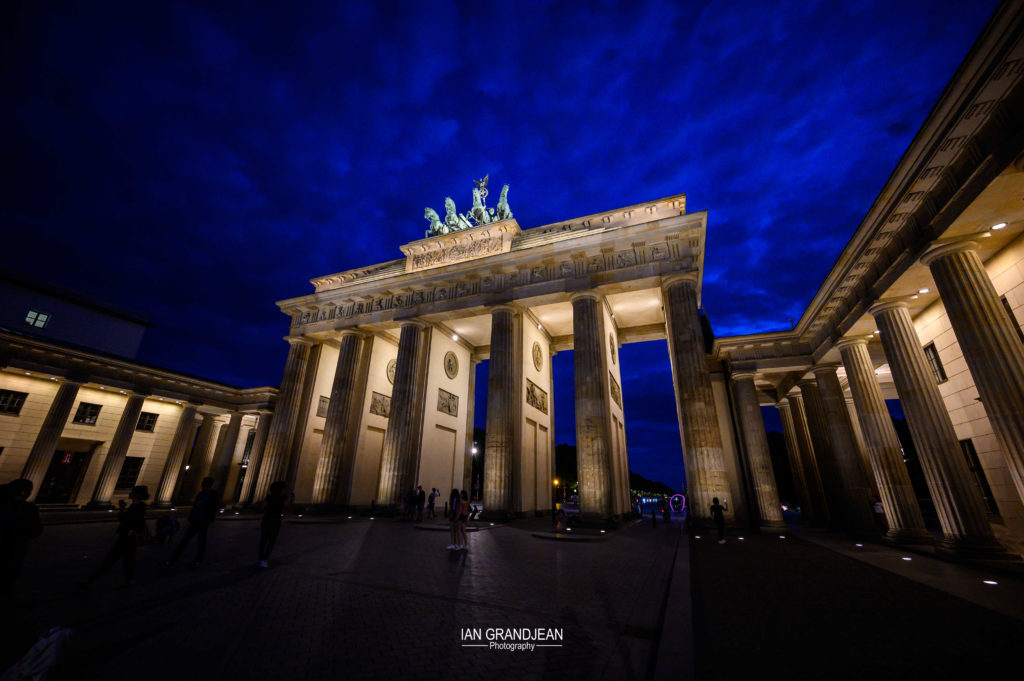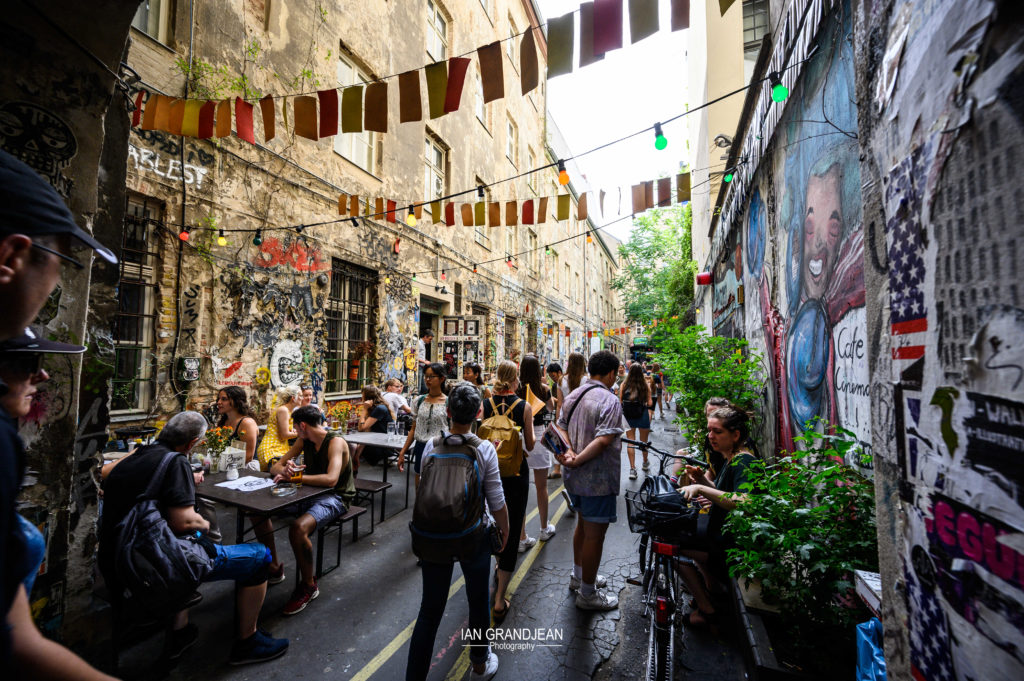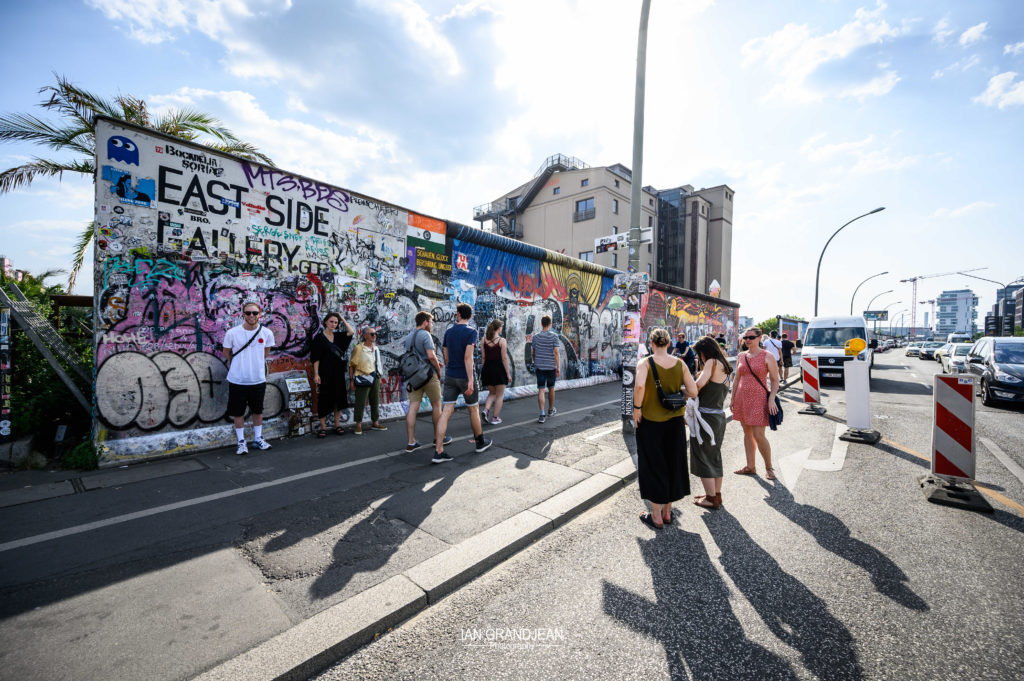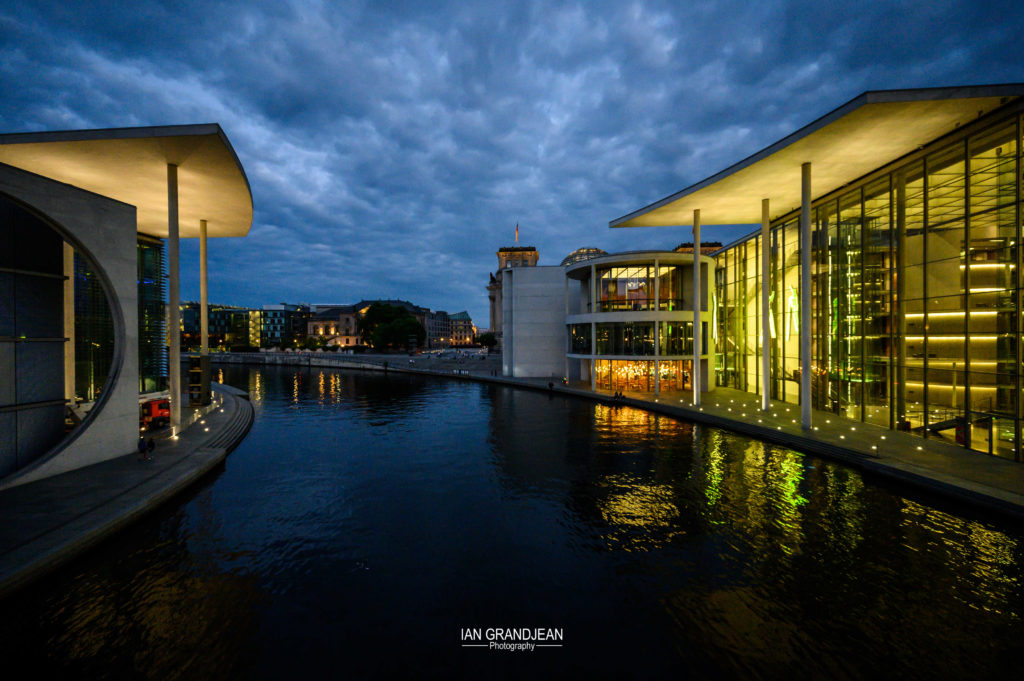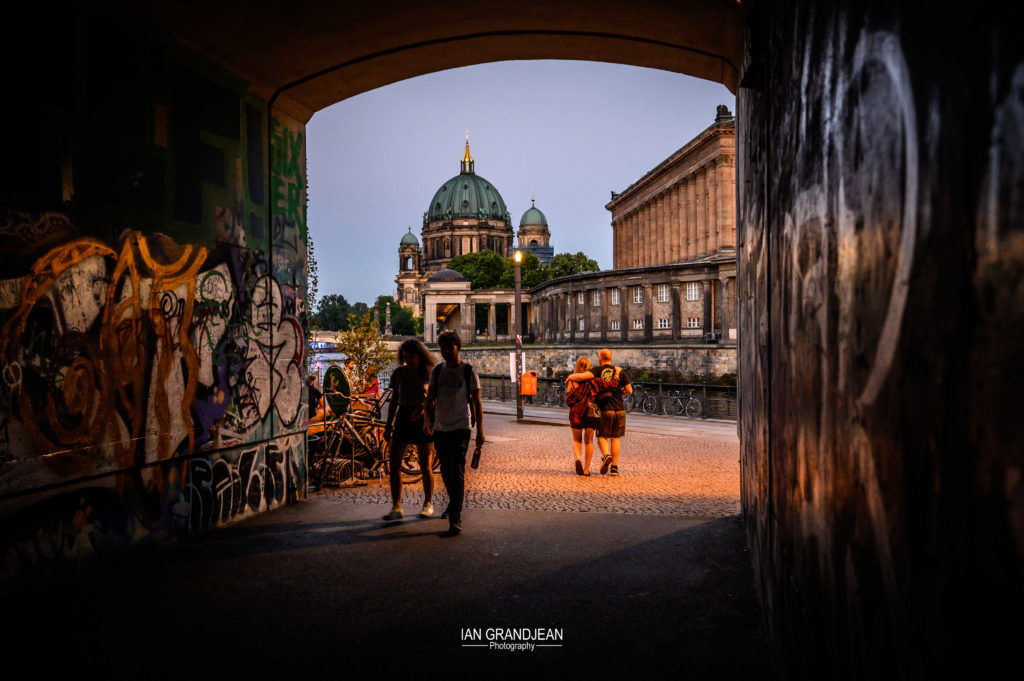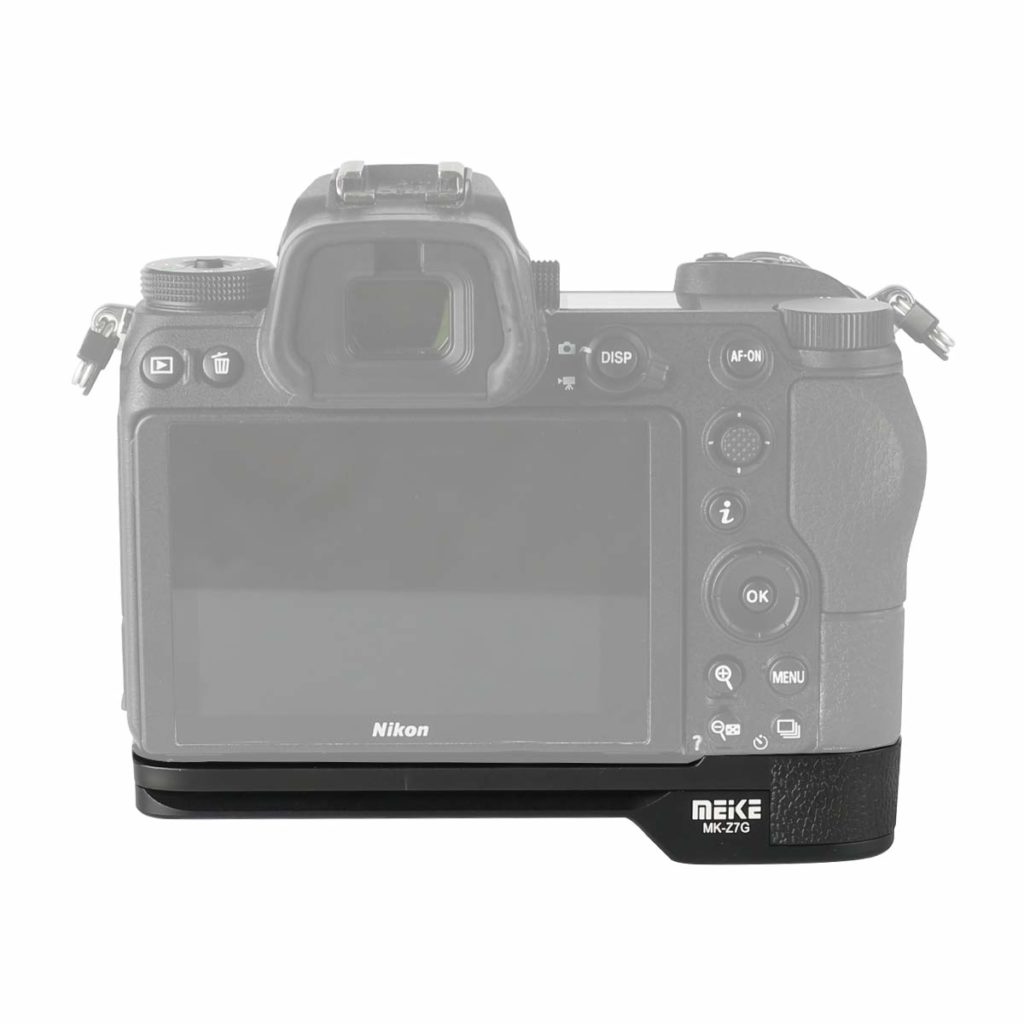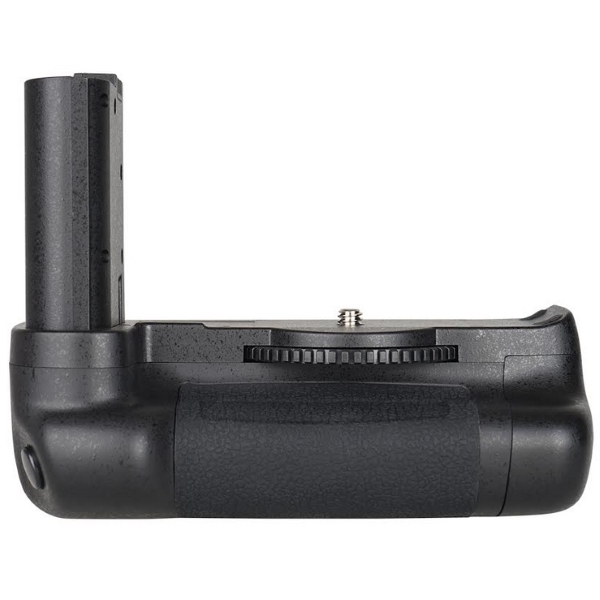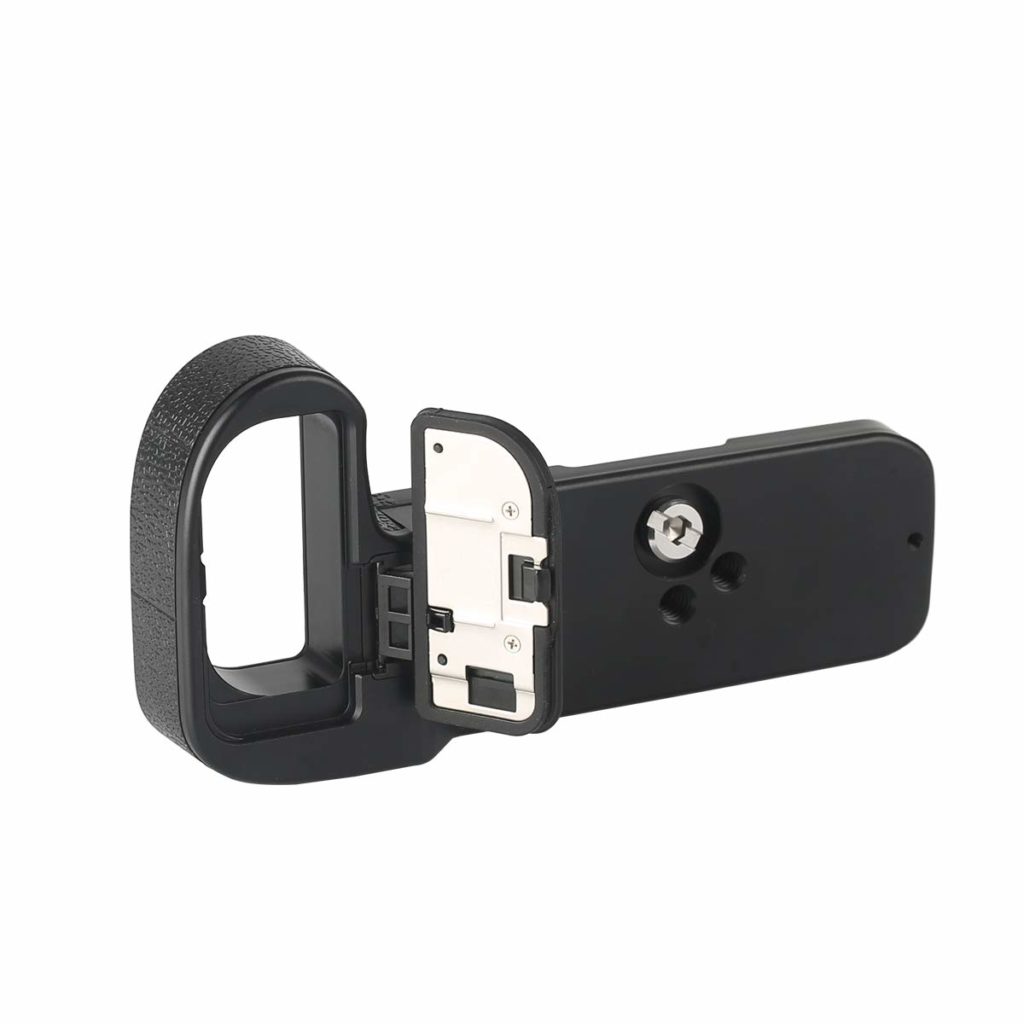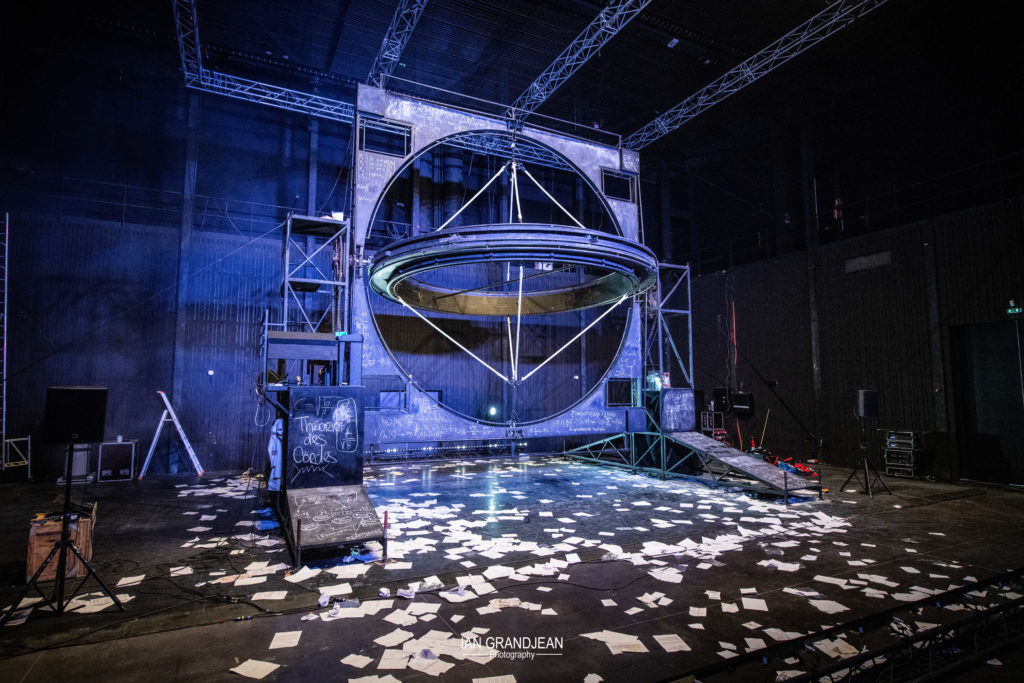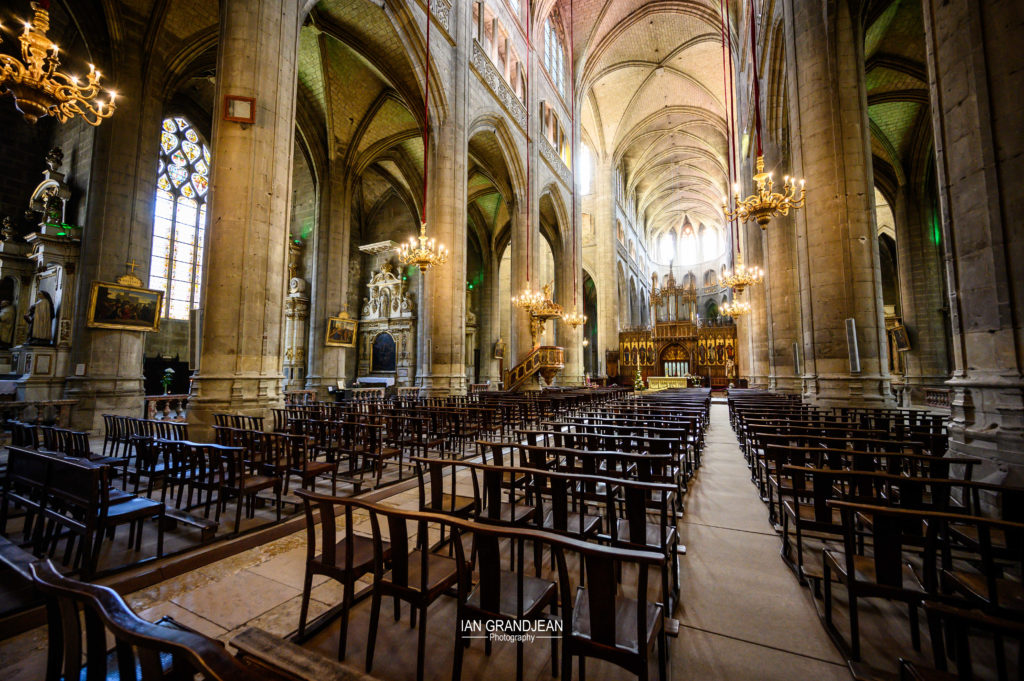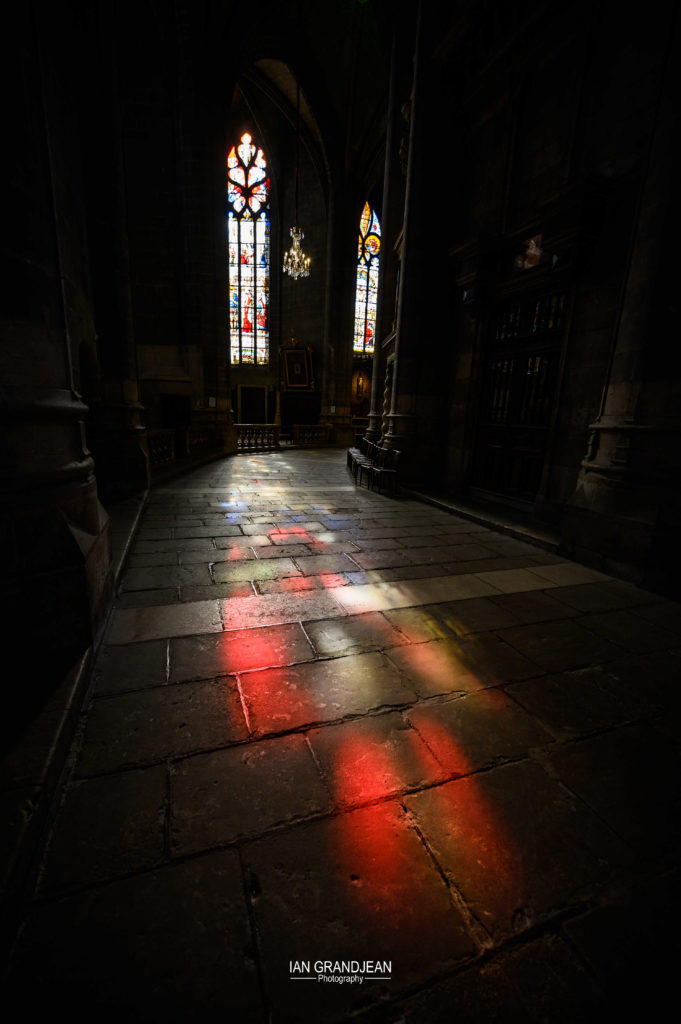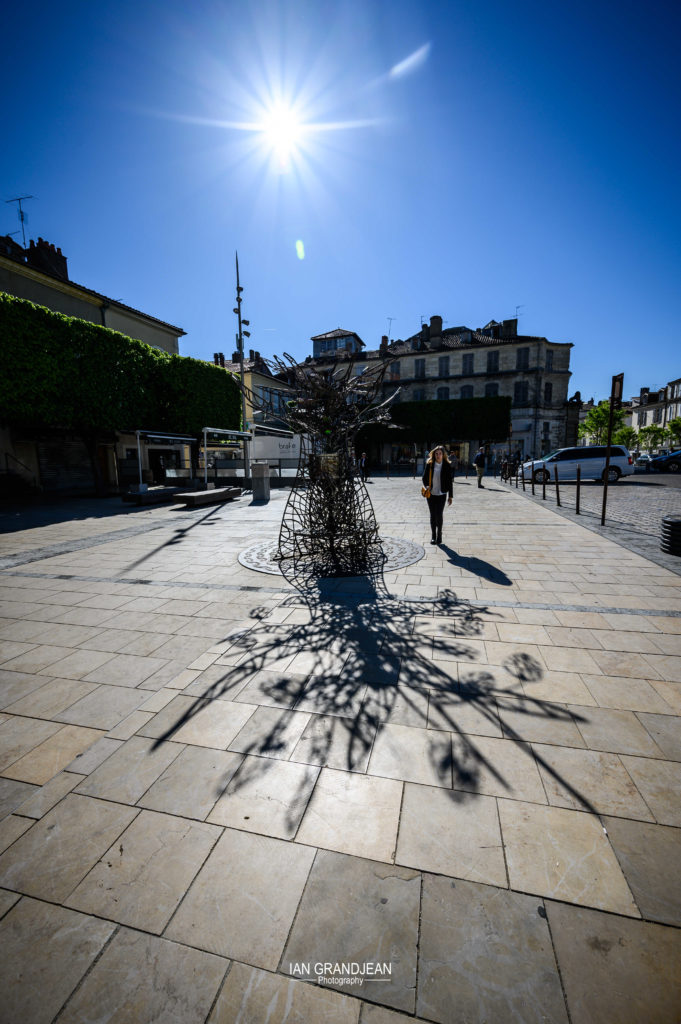People get paranoid about dust and fingerprints on the front elements of their camera lenses. I can understand this, up to a point, but it’s funny that people go bananas about muck on their lenses, and then never clean the camera sensor…
Dust or fingerprints on the front element won’t ever appear in the picture – if they are REALLY huge they could cause a slight ‘softening’ of the image, but you would have to have really good eyes to see the soft area. Muck on the rear element, which is much closer to the film/sensor, is more likely to create ‘soft spots’ but again, it would have to very noticeable.
Example: imagine a drop of water on the lens of your glasses/sunglasses – you know it’s there, as you can see ‘something’ but it’s not at all well defined.
I’ve just started noticing a mark on my images when I use my IRIX 11mm f/4 lens. Initially though this was sensor dust, as it was an out-of-focus blob appearing in the same place on every image.
I cleaned the front, and rear elements of the lens, and I also cleaned the sensor. The blob hadn’t gone away.

I tried other wide angle lenses – no blob – so back to the IRIX. I shone a bright LED light through the lens, and at one particular area there is ‘something’ which doesn’t move when I move the light – the culprit?
This could be a number of things – it could be fungus or mold which is growing on the surface in between two lens elements, or it could just be dust that has somehow managed to worm it’s way in…hard to say – but it’s very annoying. As this lens is not a zoom lens, it’s difficult to imagine how dust could have got in through the mechanism.
As for fungus, this usually happens if the lens has ben stored in a humid environment – which is not the case here. Fungus used to occur a lot more 40 or 50 years ago when the internal lens elements had no anti-reflective coating and any air-born fungus could stick to the surfaces much more easily.
This is annoying, but not the end of the world – it can be ‘corrected’ (removed) in Lightroom, but I’m more concerned about it growing larger…
I’ve contacted IRIX – we’ll see what they come up with…
Update : I’ve been given an address in Krakow, Poland by IRIX in Switzerland – and a price of « between 28 and 30€ » – so I’ll send it off and we’ll see.
